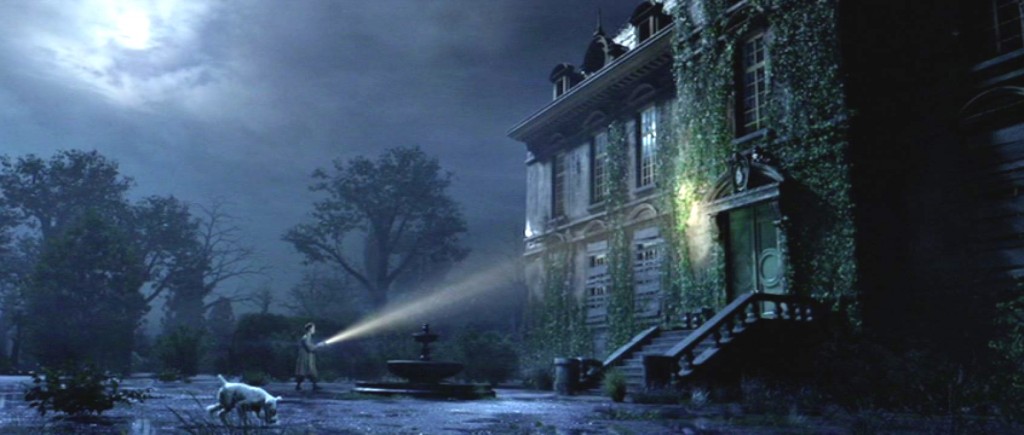Spielberg: The Adventures of Tintin part 3
Tintin comes home from the library, the temple where stories go, like magic idols, to lie dormant until someone can open their secrets again, to find that someone has stolen his model ship. To you or me, that might be the end of it — “Well, it was probably that creepy Sakharine guy,” we’d say, “Jesus, it’s a good thing I wasn’t here, he must be pretty desperate.” But Tintin, as we’ve seen, lives for adventure, even if it’s a boy’s-adventure sort of adventure. That is to say, this kind of adventure, we all know, comes only from certain kinds of books, a literary genre, The Hardy Boys for instance. The character of Tintin is a callback to the past, not a real past but an imaginary past. There was never a time when there really were 15-year-old boys trotting the globe, solving mysteries and writing about their adventures. Sherlock Holmes was based on a real guy, James Bond sprung from a specific geo-political climate, Indiana Jones battles people in a more-or-less historical context, but Tintin is pure fantasy, has always been pure fantasy, and was created as part of a continuum of pure fantasy. Which is another way of saying that Tintin isn’t about a guy, there is no “there” there in Tintin, his vagueness lets the viewer fill him in, Tintin is about stories, and what they mean to us, certainly what they mean to Spielberg. Tintin seeks adventure stories to will his life into being, just as Spielberg did. Tintin has his Unicorn, Spielberg had his shark and his aliens and his Holy Grail.
But I digress. Tintin, his model ship stolen, heads to Marlinspike Hall, a creepy old manse out in the country.
